This month’s guest blog comes from the Humanitarian Landscape Collective (HLC), who came to the office in February to deliver a CPD on their mission & research on getting landscape architects more involved with international development work.
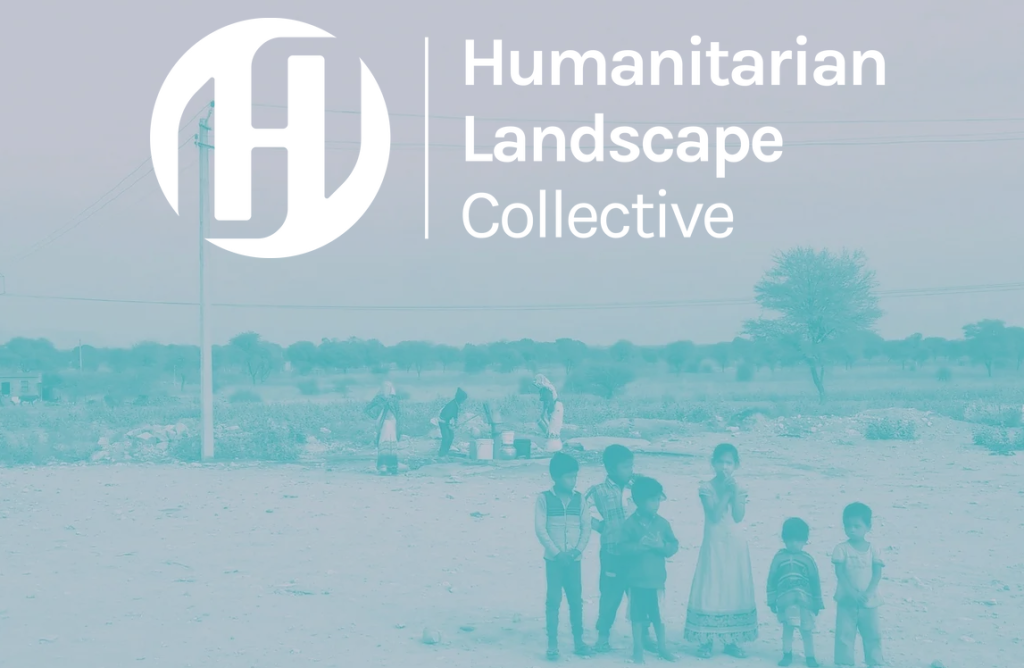
First of all we’d like to thank terra firma for inviting us to their practice and hearing about our mission & work. We are, effectively, a network advocating and creating a path for the landscape profession to apply their skills to benefit the most vulnerable. It’s an emotively charged and complex topic that requires us to ask fundamental and existential questions of ourselves and our profession, some of which we wanted to pose to you here.
Why did we become landscape architects in the first place?
90% of the time, we find that landscape architects are drawn to this profession because they want to achieve social and environmental good; we’re an inherently altruistic and empathetic bunch who seek to create environments which remediate centuries of ecological damage and improve all people’s access to healthy open spaces. Our skillset makes us equipped to balance this with tackling enormous global challenges in our day job; on the one hand, we’re managing the burgeoning growth of our cities, the impacts of extreme weather events and realising net zero carbon. On the other, we’re providing all people the space to meet their daily needs, restoring environments and planning ahead for a changing climate. This is crucial to the world’s prosperity as the built & natural environment itself factors into development, community growth, safety and physical & mental health. Therefore the custodians of these environments, such as our own profession, have an equally crucial value in future building which should be acknowledged and harnessed collectively.
Who do we really want to design for?
This goes back to the fundamental reason for getting into this profession: if we want to do social & environmental good and take on these challenges, then who are impacted by them the most? The answer, whether you look at it at the city, national or global scale, is almost always society’s most vulnerable, especially those living without rights to decent living conditions, space and healthy resources, such as homeless people, those in informal urban housing, and displaced people, especially in low- and middle-income countries. Although marginalised, displaced people and informal dwellers make up a huge share of the global population: it’s estimated that 1.1 billion people are currently living in informal settlements and the latest figures show that 108 million people are currently displaced around the world.
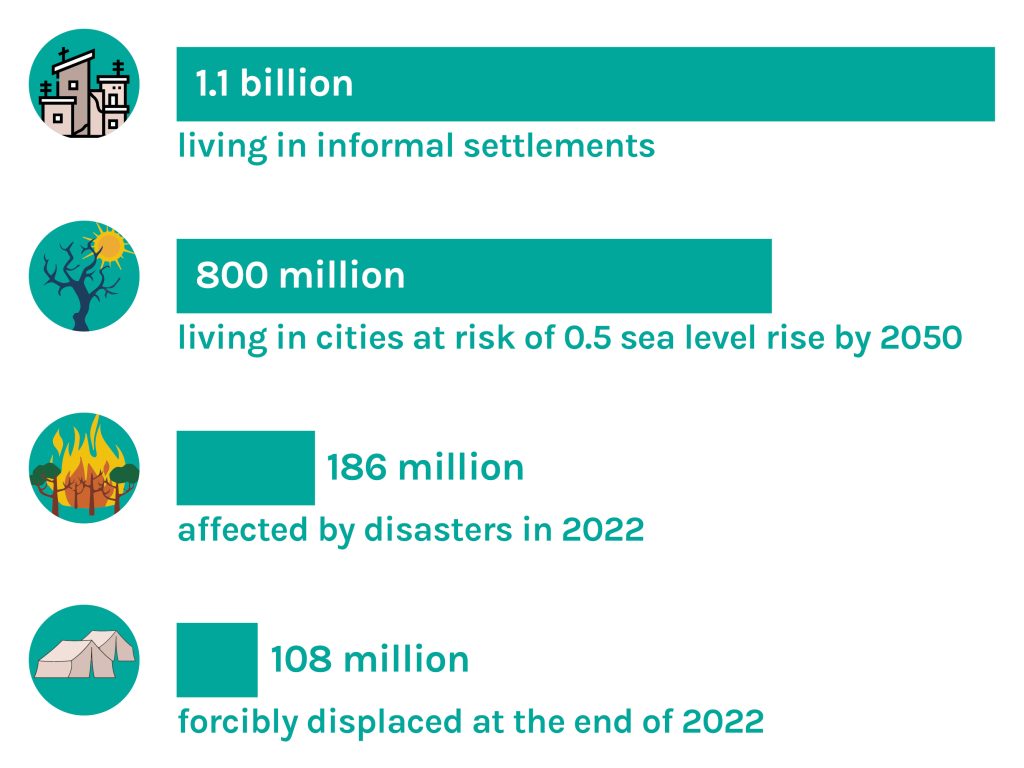
Many of these contexts can face massive shortfalls in services and the constant threat of eviction or disaster – leaving exposure to toxic air, contaminated water and infertile land. This is not to minimise the issues faced in high-income contexts – but given the scale and extremity of the issue (and the past & present role high-income countries have played in creating these global injustices) we believe that we, as landscape architects, have a moral & professional responsibility to take an active role in supporting the world’s vulnerable to overcome them.
But where are we? The answer is still working predominantly privately, or in high-income countries, and being totally removed from where these challenges are having the most severe impact, as the below maps show:
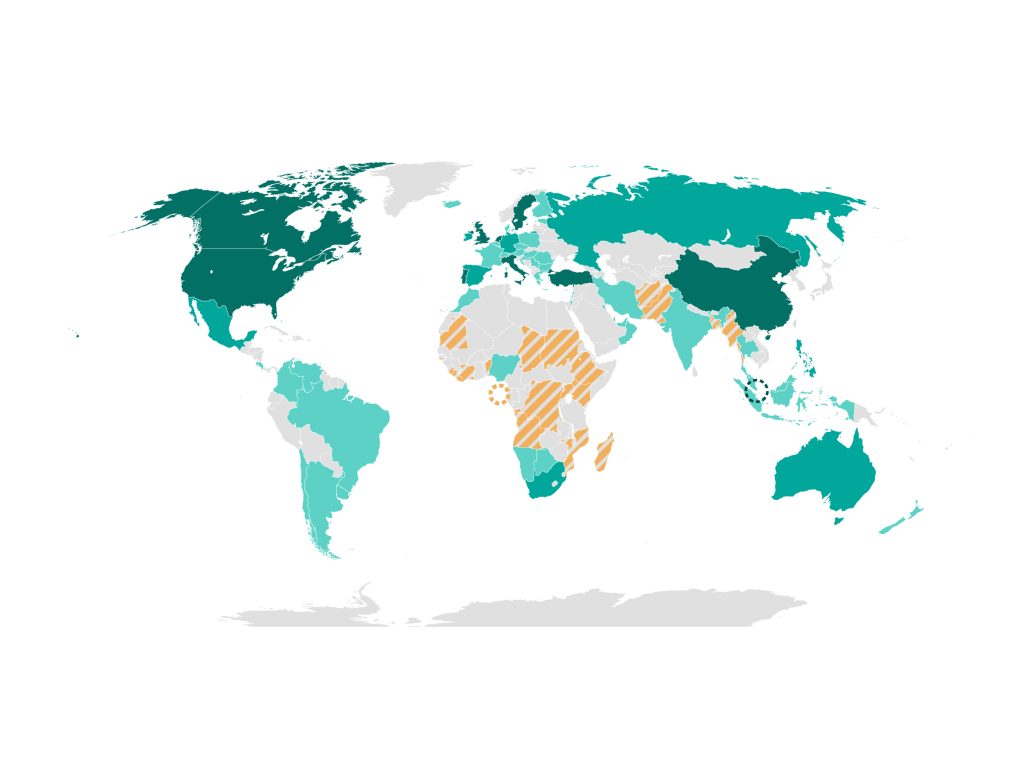
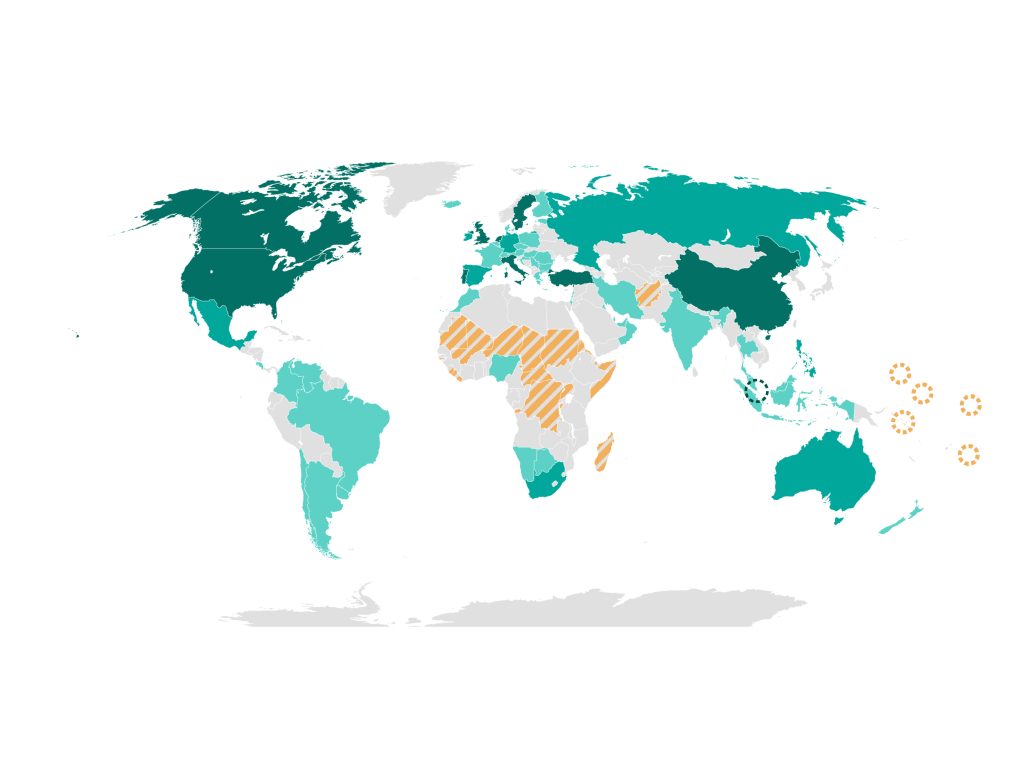
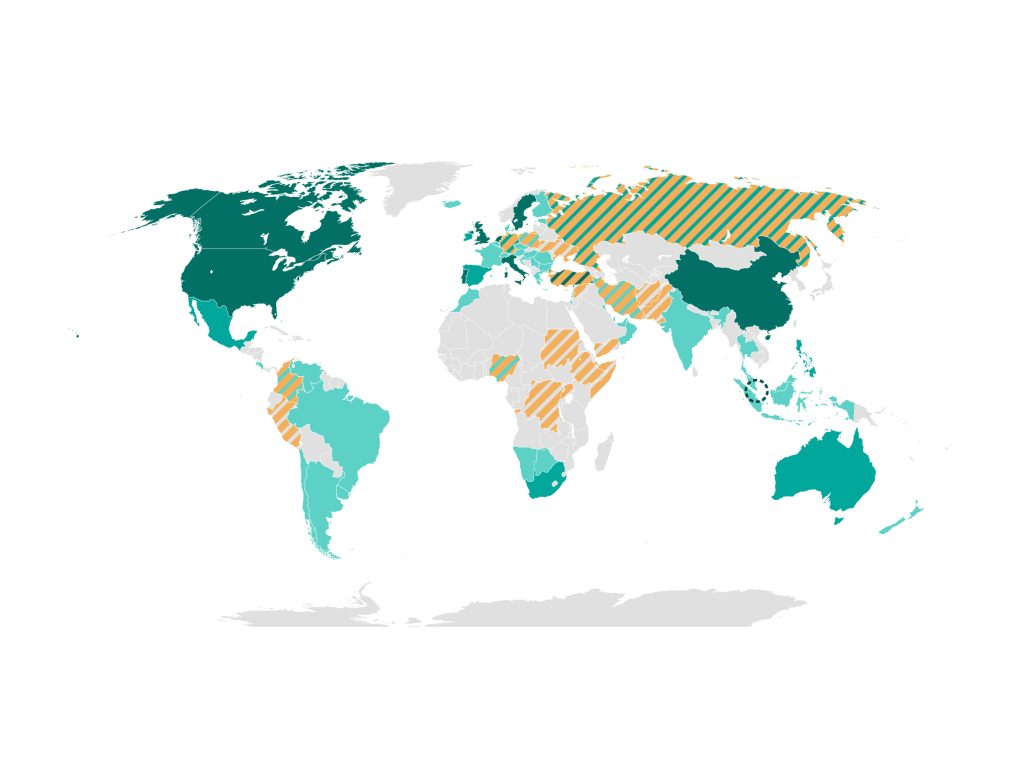
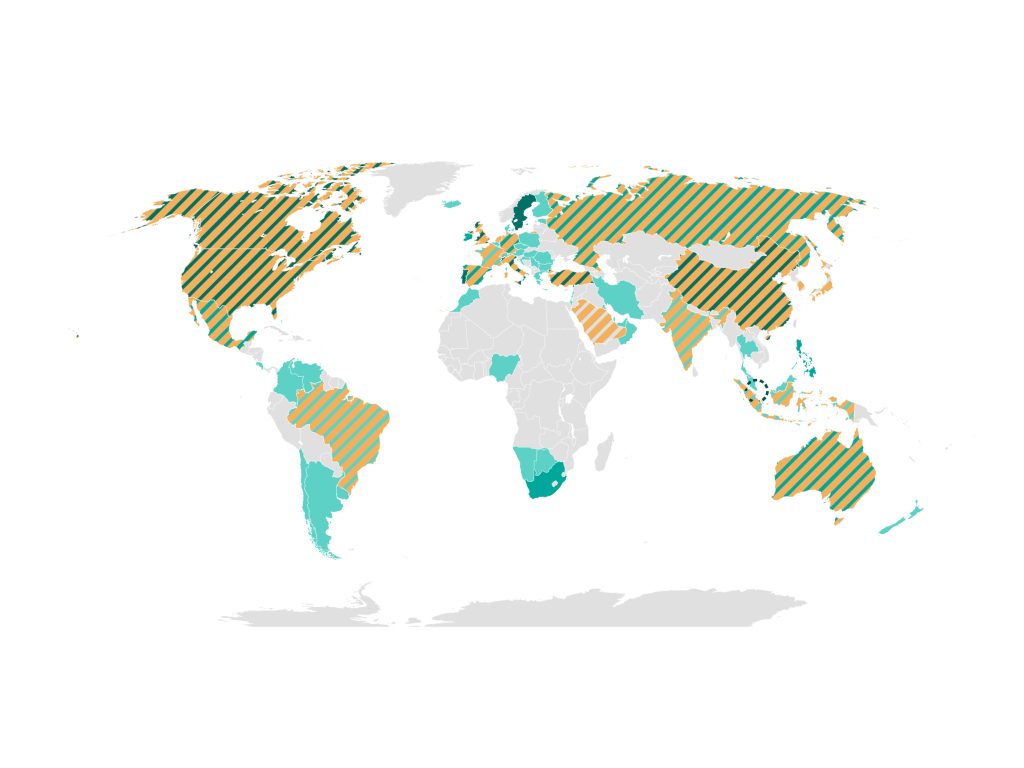
The gap is clear to see and we need a strategic effort to find pathways for the profession to take a more active role, as seen by our architecture or engineering counterparts.
How do we make that happen?
Finding a way for us to be involved with this work can feel overwhelming, but we can draw on the huge amount of work done globally to use nature-based solutions and public space to overcome these challenges. International frameworks uphold them as effective tools to overcoming disaster risk, unsustainable urbanisation and climate change and local-level organisations such as Mazingira Yetu and Catalytic Action are implementing them at the ground level. Our mission as HLC is to connect with these actors, plus other built environment professions & academia, to collectively work towards building a ‘humanitarian landscape’. We’re doing this by researching the many ways landscape architects can work with actors in various vulnerable contexts, organising workshops and sharing actions for practitioners via our website & newsletters. By growing and informing our network, we connect a group of people with this shared interest, who we also engage with for collaboration. If you’d like to find out more about our mission and what we do to achieve it, then head over to our website and socials. We’re always looking for new members, collaborators and people to join our team of volunteers so get in touch!

